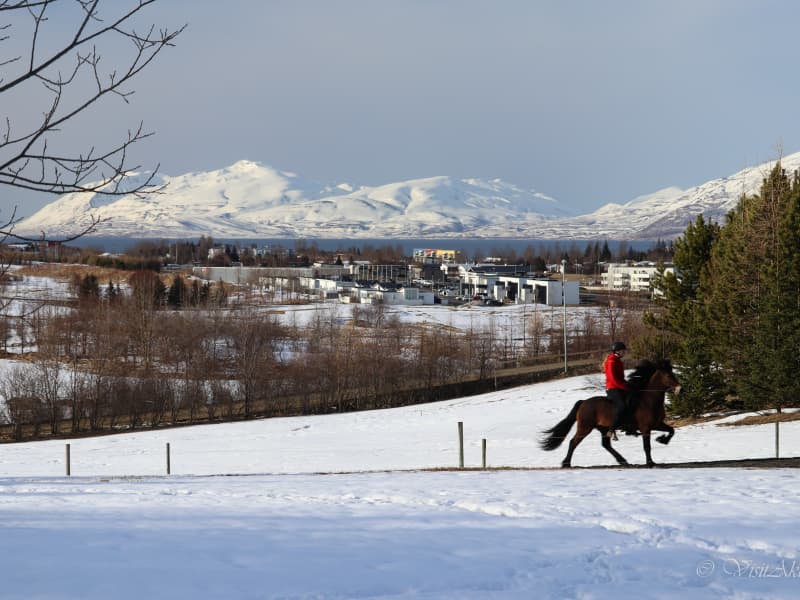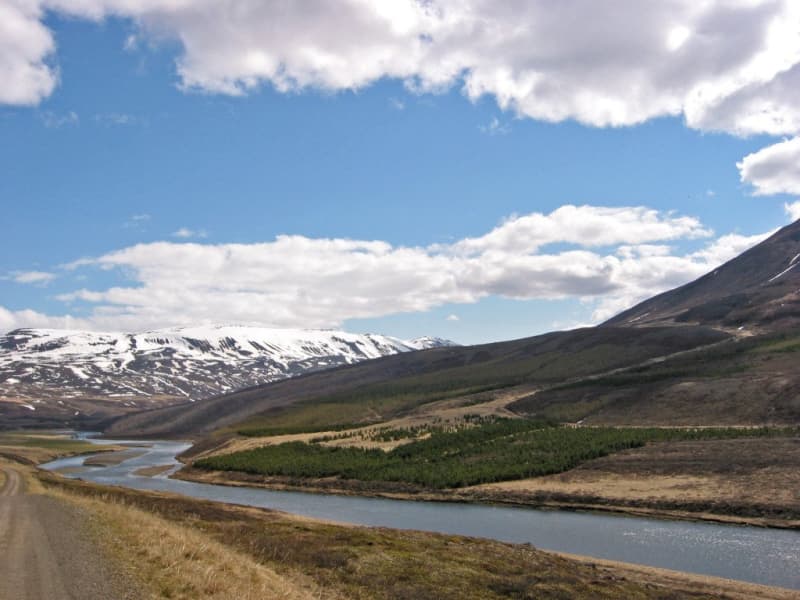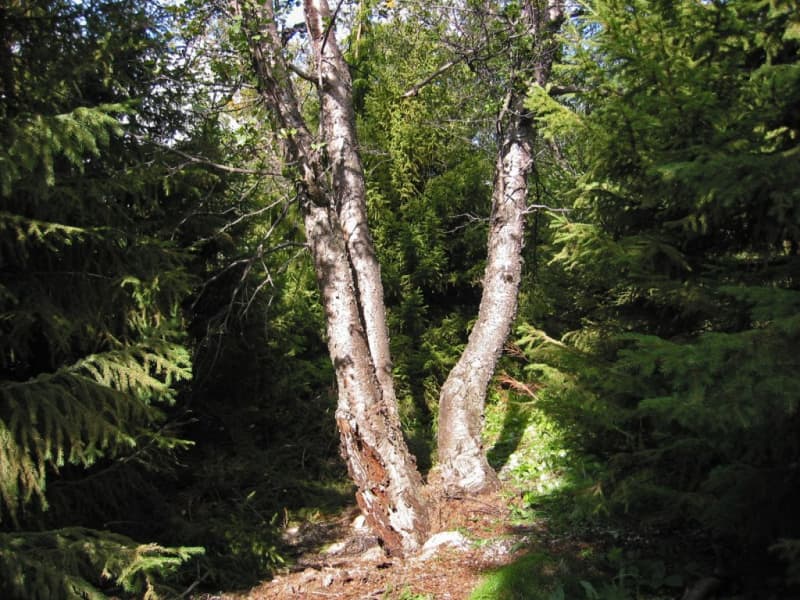North Iceland is an ideal place for all kinds of outdoor activities. Hiking and biking trails, small woodlands, streams and picnic benches, gorges and mountains. There is a lot of variety here and everyone should be able to have a great day in a pleasant environment.
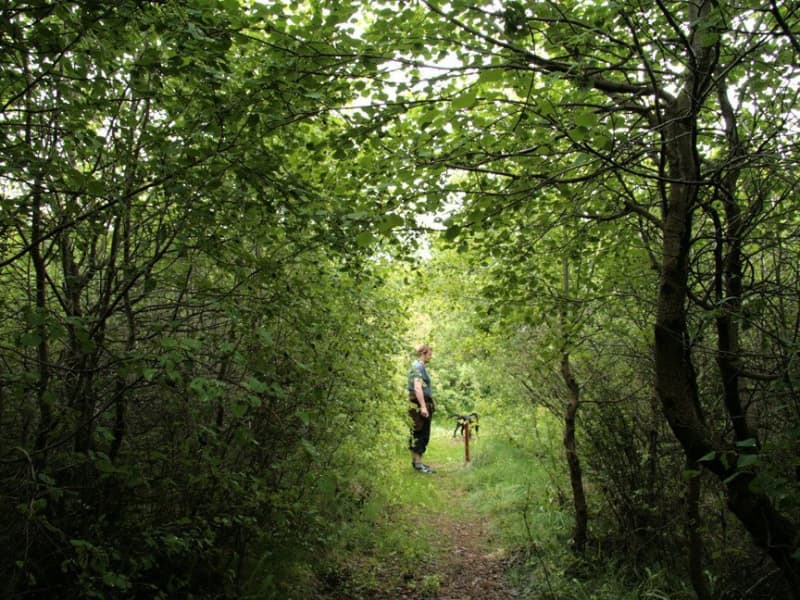
Grund Historical Grove
Historical grove from the year 1900 with many different tree species labeled with taxonomical names and planting year. Seeing and hearing the quaking aspen (Populus tremula) is most certainly worth the visit. The forest is situated 19 km south of Akureyri (road 821).
View
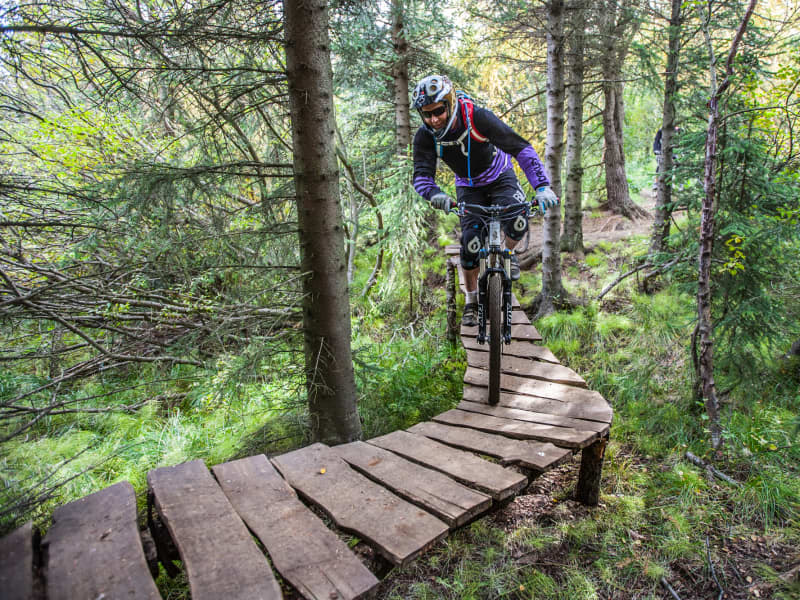
Kjarnaskógur woods
Kjarnaskógur Woods
South of Akureyri is one of the towns most popular outdoor area- the woodland Kjarnaskógur. The recreational area is approx 800hectars with more than 1.5 million trees, of many species planted within thelast 50 years. The area has diverse selection of trees and along the creekBrunná one can find a tree sample track. For bird lovers, the areais rich of birds and by the marshland in the north of the area (by Hundatjörnin Naustaborgir) there is a bird watching shelter. A campsite is nearby,Hamrar, with easy access to the forest.
In the forest you find:
* Three playgrounds * Volleyball courts and outdoor gym* Grill houses and pick-nick areas for both individuals and groups* Aprox. 12 km of gravel-tracks for hiking, running and biking, of which 6 kmare lighted during dark hours. Also plenty of forest tracks and other vastnetwork of back country trails. For more details view the maps further down thepage. * Restrooms and water fountain* 4 carparks* Mountain bike trails are in the woods and are also connected to the mountainbike trails in Mt. Hlíðarfjall - These combined create the longest mountainbike trail in Iceland with a total of 21.6 km.* During winter - the largest organized cross country tracks area (in awoodland area in Iceland) with around 20 km of groomed trails and 6km are lighted. The grooming statues can be viewed here. The colors onthe map indicate the time since they were groomed last (green, orange and pinkare from a couple of hours up to 48 hours, while light blue, dark blue and greyare from 2 days or up to 14 days or more). Areas for sledding are also groomedduring winter, by the statue of the Einar wood-ranger and below the sun-clock.
How to get there:Head south from the town along the road no. 823, pass the airport and turnright by the sign "Kjarnaskogur" and follow the bending road up tothe parking area. Aprox 5 min drive from town center and 30 minutes walk.It is possible to take bus number 1, 2 or 5 from town square,Ráðhústorg, and go out at Kjarnagata/Vallatún, by the golf course. From thereis about two km. walk to Kjarnaskógur area.
Contact info: Skógræktarfélag EyfirðingaSími: (+354) 462 4047Email: ingi@kjarnaskogur.isWebpage: https://www.kjarnaskogur.is/Map of the area: Kjarnaskógur - Easy and shorter walkshttps://www.visitakureyri.is/static/files/2012-VISIT/pdf/kjarnasogur-lettleidir-1-.pdfKjarnaskógur - All tails - overview map https://www.visitakureyri.is/static/files/2012-VISIT/pdf/kort-2018-stora-kortid-a-orva-a2.pdfHamrar - the campingsite and surroundingtrailshttps://www.visitakureyri.is/static/files/2012-VISIT/pdf/kort-2018-hamrar-lett-an-orva.pdfNaustaborgir - Naturereserve area -trails https://www.visitakureyri.is/static/files/2012-VISIT/pdf/kort-2018-naustaborgir-lett-an-orva.pdfGönguskíðabrautir - Crosscountrytrailshttps://www.visitakureyri.is/static/files/2012-VISIT/pdf/gonguskidi.pdf
View
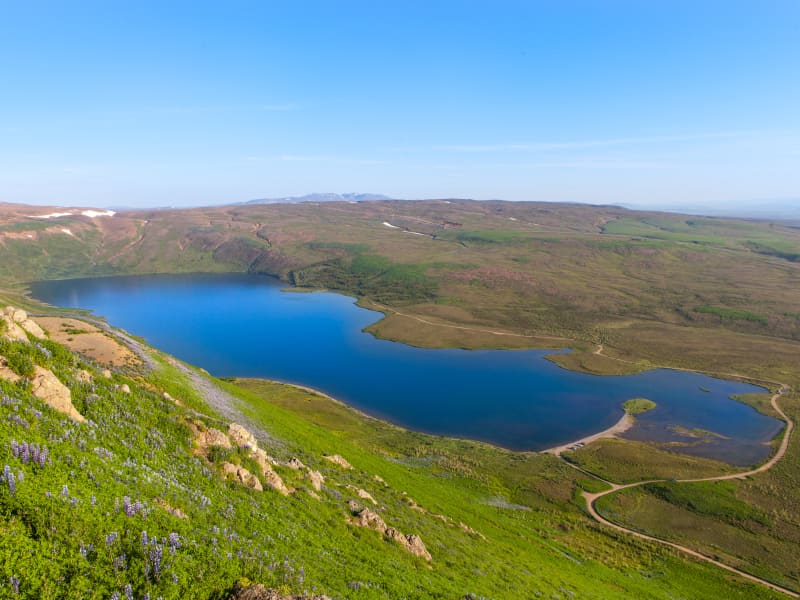
Botnsvatn Lake
Lake Botnsvatn has an area of 1,05 km². It is an oligotrophic lake situated approximately 130 meters above sea level, just southeast of Húsavík town.
View
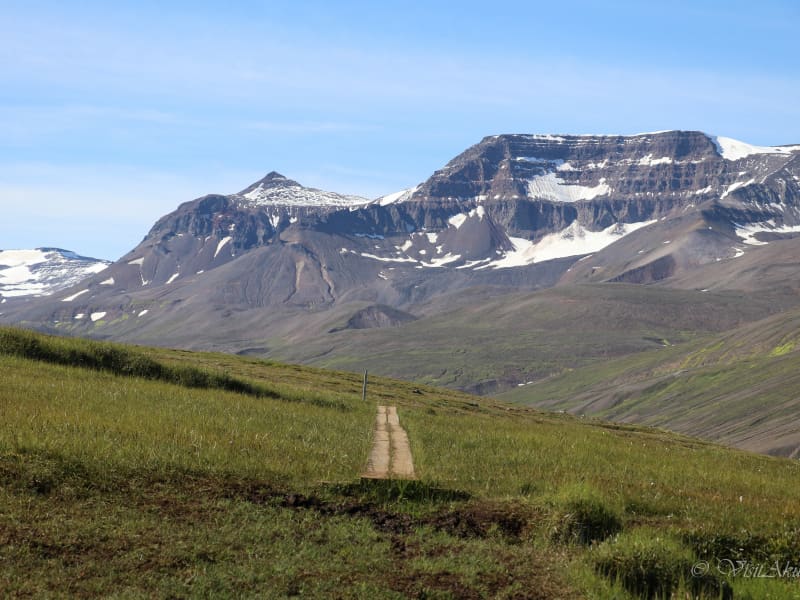
Glerá Canyons
Glerárgil has the deepest and most magnificent river gorges in Eyjafjörður but also one of the most vegetated. There are good walking paths along the gorge and there are about 8 bridges over the river, some for mixed traffic such as cars and pedestrians, while others are exclusively for bicycles and walking.
View
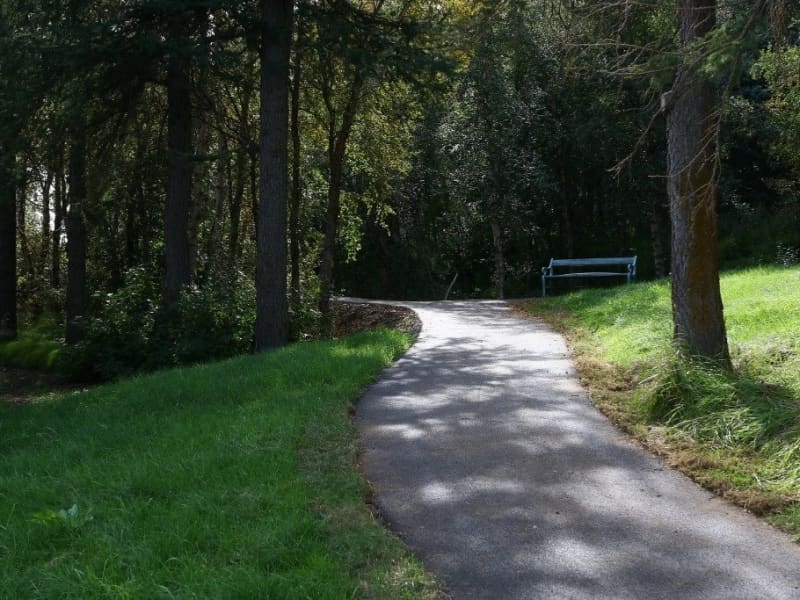
Kristnes Forest
Forest area 10 km south of Akureyri town (road 821). Varied recreation forest effectively used for health and rehabilitation purposes. Originally grown as a recreation area for patients at the tuberculosis sanatorium now housing geriatric and rehabilitation wards. The forest boasts a 300 m long paved path with a beautiful view.
View
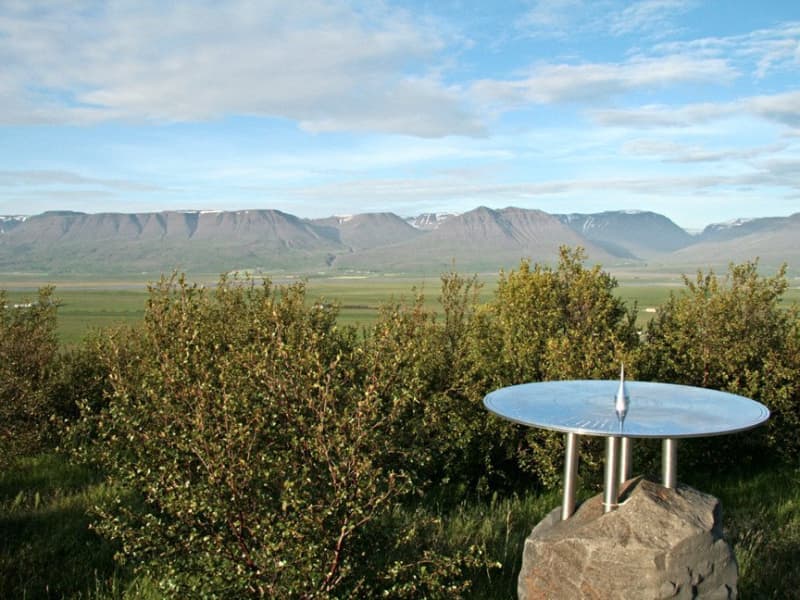
Reykjarhóll Forest
Recreation forest in the outskirts of Varmahlíð Village in Skagafjörður. Ideal for a relaxing stop when traveling Route 1. Walking trails to the top of the hill with a good view over the surrounding landscape. Explore the panoramic disc for the placenames insight.
Nice campsite is adjacent to the forest with good shelter from the winds and fine amenities.
View
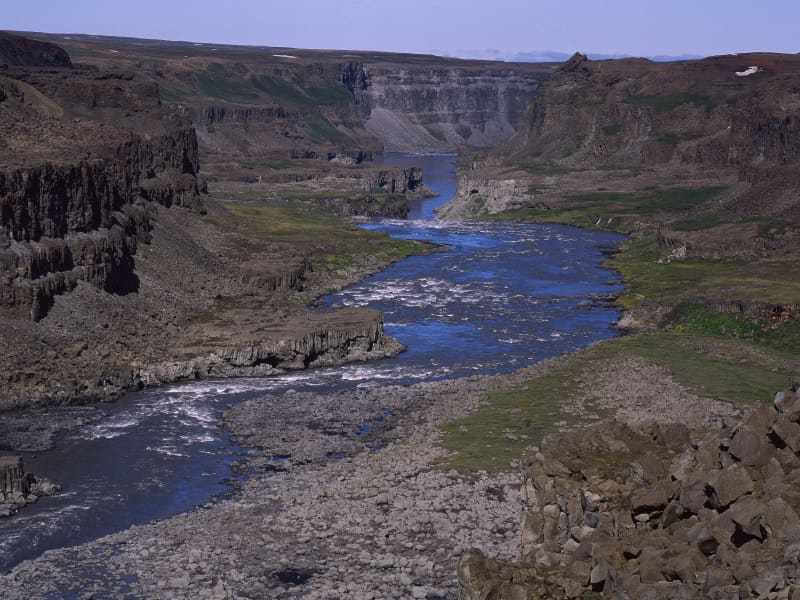
Jökulsárgljúfur Canyon
This dramatic canyon, Jökulsárgljúfur, was formed by the actions of water, fire and ice. Enormous, catastrophic glacial bursts are believed to have carved out the deep ravines and rocky basins, the most famous of which is Ásbyrgi.The Hljóðaklettar outcrops are the cores of ancient volcanoes, revealed when the river swept away all the loose volcanic material.The waterfalls on the River Jökulsá á Fjöllum, Selfoss, Dettifoss, Hafragilsfoss and Réttarfoss are powerful and impressive.The Hólmatungur district is an area of contrasts: crystal clear streams and bubbling brooks cross the land before emptying into the raging, chocolate-coloured torrent. A delicate balance of flora and fauna thrives under the protection of cliffs and scree slopes.
View
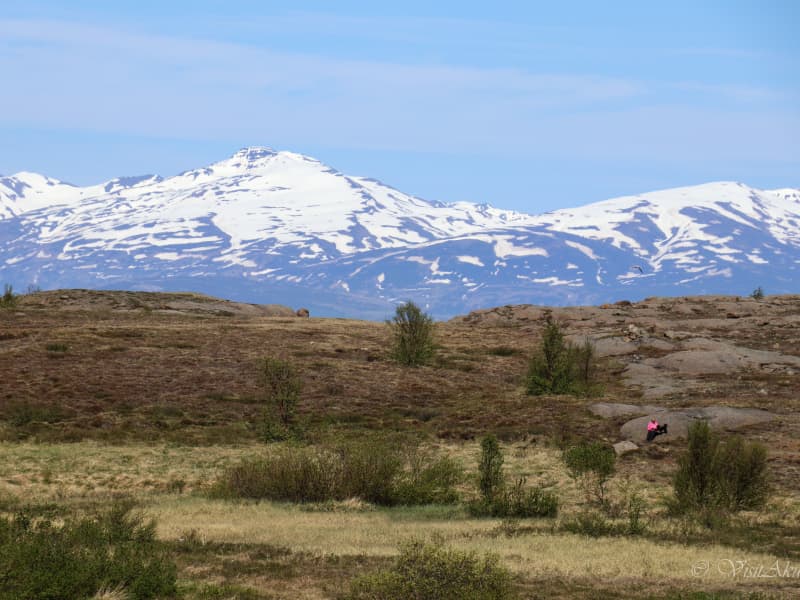
Krossanesborgir
Krossanesborgir is a nature reserve north of Akureyri, that allows you for a soft walk by the sea, and chances for bird watching in summer. Popular among locals for berry picking in autumn.
View
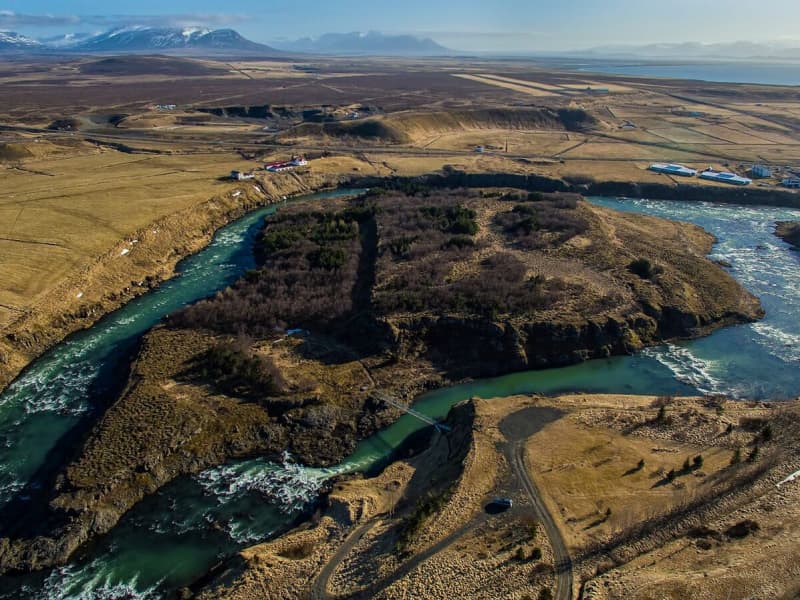
Hrútey
Hrútey Island is the real feather in the cap of Blönduós town, which is almost encircled by the river Blanda. Hrútey is blessed with a wide variety of vegetation and birdlife is abundant, being the habitat of geese and many other species. It is easily accessible and lies just off Highway 1.
There is a good parking area by the river bank and a trusty pedestrian bridge over to the island. Hrútey is an excellent place for outdoor exercise, or just to stop and take a break. There are good footpaths and a clearing with benches and picnic tables.
View
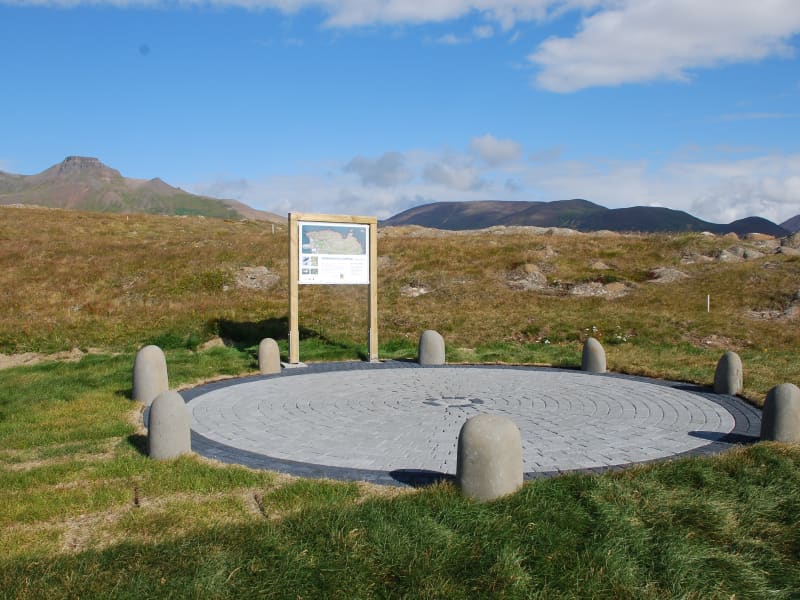
Spákonufellshöfði Headland
Spákonufellshöfði headland is popular among those interested in walking and other outdoor recreations, and is a short way from the harbour in Skagaströnd.
Marked footpaths have been laid out and signboards erected telling the visitor about the area’s flora and fauna. On a bright, clear summer evening, one can witness the setting of the midnight sun as it dips to touch the horizon in the north. Indeed, the inhabitants of the area make use of the headland all year round and enjoy all that it has to offer.
View
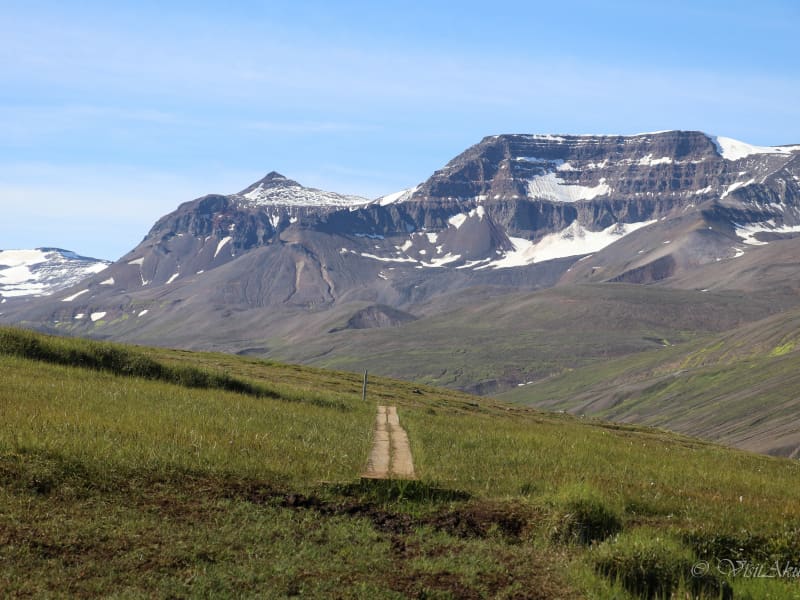
Glerárdalur Valley
A nice walk leads from the mouth of the valley Glerárdalur to the bottom of it and ends by the mountain cabin named Lambi, some 11 km into the valley.
View
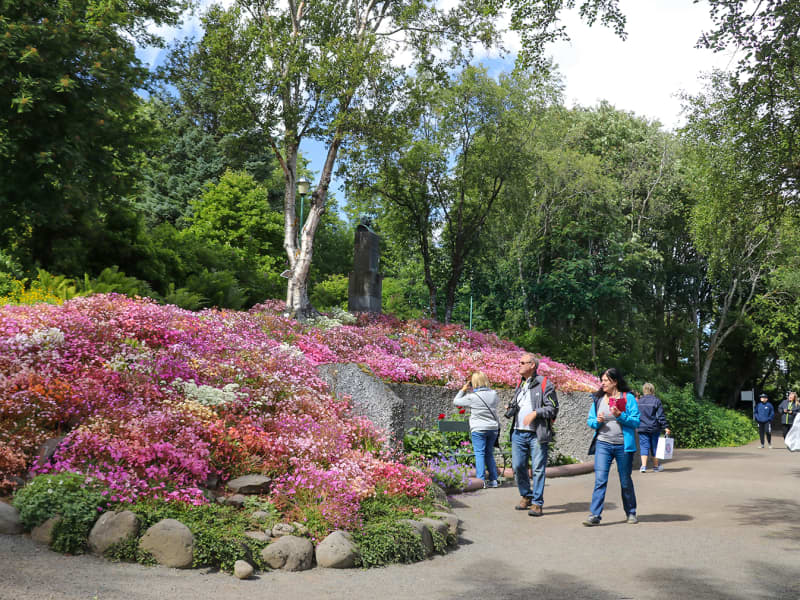
Akureyri Botanical Garden
The Public Park was first opened in 1912 and the botanic section added in 1957. The park has been enlarged three times since 1912 and is now about 3.6 ha and lies at 40-50 m altitude at Eyrarlandsvegur road near midtown.
The aim of the botanical garden is to grow trees, shrubs and perennials in the demanding climate of Northern Iceland, which is characterized by pronounced seasonality of temperature and day length. Situated in the shelter of Eyjafjord, which is one of the longest fjords in Iceland and provides a favourable microclimate for plant growth. Beside the 430 native species the surprising number of 6600 alien taxa grow in the garden. The garden is an IPEN member and is active in seed-exchange, public information, educationand recreation.
The Public Park and Botanic Garden is open 1st of Jun eto 30 Sept. On weekdays from 08-22 and at weekends from 09-22. The garden facilities are closed over the winter, but visitors are welcome to come for a stroll, the gates are open.
View
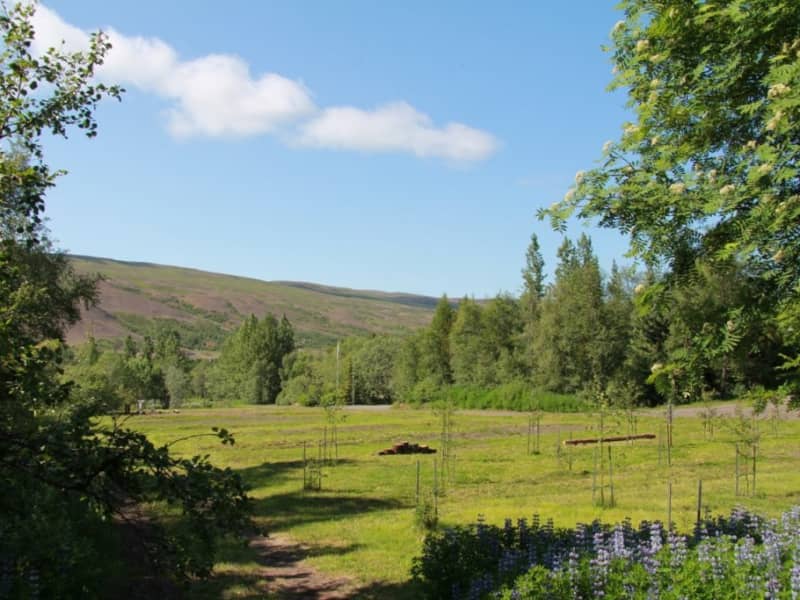
Vaglaskógur Forest
One of the most eye-catching forests in Iceland, situated in Fnjóskadalur Valley short distance to the east from the town of Akureyri. The native Icelandic birch doesn't get much nicer and taller than here. Popular area for recreation with a variety of hiking trails and recreation possibilities. Good camping options.
View
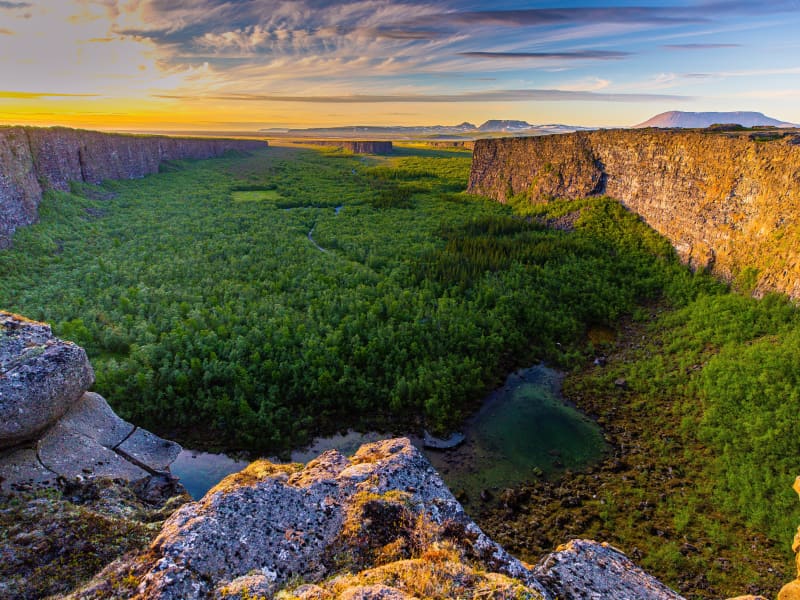
Ásbyrgi canyon
Ásbyrgi is one of the wonders of nature, a well-forested horse-shoe-shaped canyon in Öxarfjörður. Ásbyrgi is a part of Jökulsárgljúfur canyon, within the Vatnajökull National Park. The Jökulsárgljúfur site of the National park reaches from highway 85, by Ásbyrgi south to Dettifoss, covering an area of 120 km2. Informative visitor‘s centre, shop, golf course, and camping site are located by Ásbyrgi. Many hiking tracks are in the vicinity of Ásbyrgi. Ásbyrgi canyon is part of the Diamond Circle. https://www.northiceland.is/diamondcircle.
View
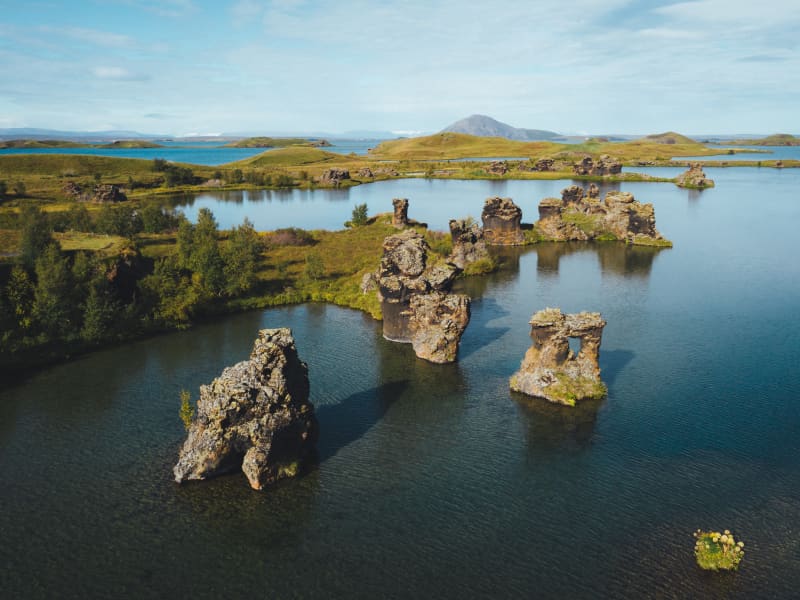
Höfði
Höfði is a rocky promontory which reaches into the waters of Lake Mývatn. The view from here is good, giving a vista of the lake's coves and inlets, besides being an excellent site for bird watching. Kálfastrandarvogur bay laps the shores of Höfði and is famous for its unusual lava formations both off and onshore and these rocky outcrops, named Klasar and Kálfastrandarstrípar, have done much to earn Kálfastrandarvogur and Höfði their reputation for being among the most beautiful areas around Mývatn.
View
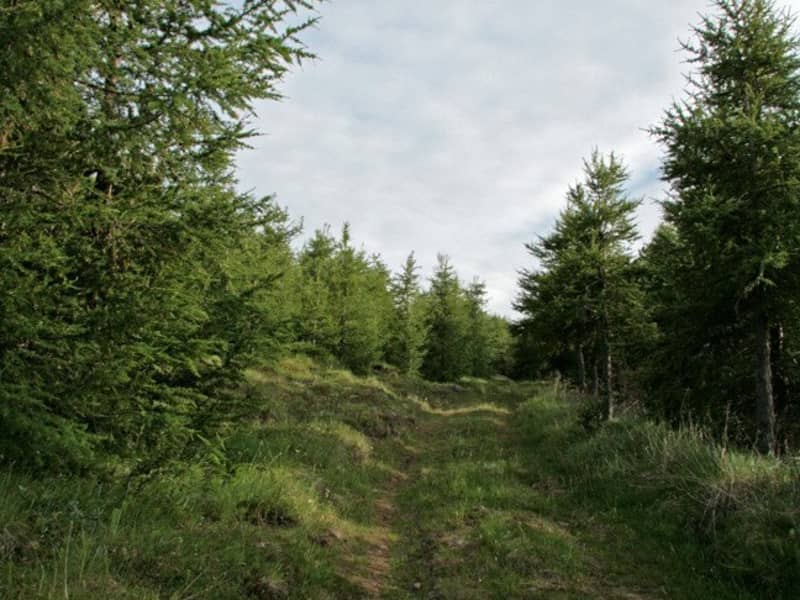
Vaglir Forest
Vaglir forest has fine recreation possibilities. Located just 14 km west of Akureyri (by Route 1) and is one of the future recreation forests of the Akureyri area. Mixed forest with a variety of species in a variable landscape. There is a small parking area and slopes that lead the way through the forest.
View

